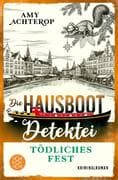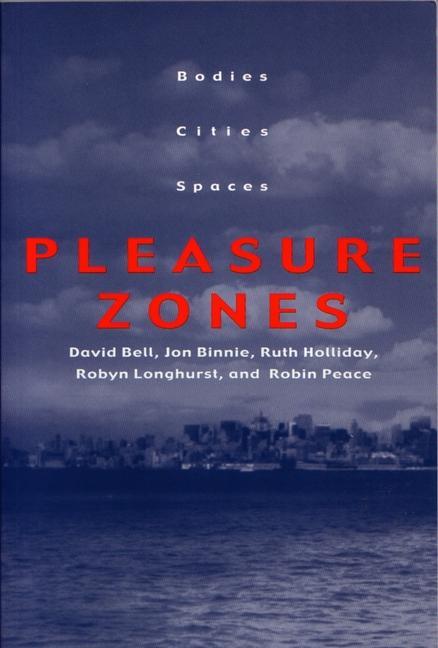How does a subculture appropriate space within the dominant culture? What is the city's relationship to the body? Geographers from England and New Zealand apply queer theory in their consideration of the human body as a vehicle for understanding relationships between people and place. These provocative essays examine the body as an entity constricted by gender, sexuality, race, class, nationality, and disability. They also look at sexual identity as it relates to communities, and how humans "do" gender through regulated practices such as heterosexuality. Pleasure Zones tackles topics such as the politics of gay men's health; the relationship of sex and death to the city; erotic urban landscapes, and how public policy labels lesbians. Each essay attempts to reconcile queer theory and social and cultural theory with the discipline of geography. The result is an illuminating and accessible look at the formation of personal and collective identities. Building on two decades of geography that recognizes the body as a politicized site of struggle, and applying the perspective of the sexual dissident, Pleasure Zones brings a fascinating variety of human experiences into sharp relief.
Inhaltsverzeichnis
- "Upstairs/Downstairs - Place Matters, Bodies Matter," Jon Binnie, Robin Peace, and Robyn Longhurst; - "Trim, Taught, Terrific, and Pregnant," Robyn Longhurst; - "Producing Lesbians: Canonical Properties," Robin Peace; - "(Dis)Comforting Identities," Ruth Holliday; - "Fragments for a Queer City," David Bell; - "The Erotic Possibilities of the City," Jon Binnie










